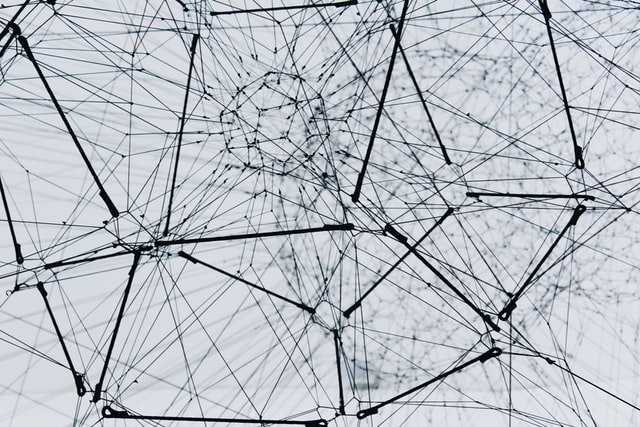The Government will be testing a new Bluetooth-based contact tracing technology in Rotorua.
The CovidCard is around the same size as a credit card, and is meant to be worn in a lanyard around the neck, detecting and keeping a record of close contacts for 21 days.
The SMC asked experts to comment on the trial of this new technology.
Dr Dougal Sutherland, Clinical Psychologist, Victoria University of Wellington and Umbrella Wellbeing, comments:
“The use of a CovidCard could help reduce barriers for Kiwis to better engage in tracking their movements. At present, having to sign in or scan in to a business, restaurant, etc., is a behaviour that most of us simply aren’t in the habit of doing. And without sufficient motivation we’re unlikely to change this behaviour.
“While a Bluetooth-enabled card won’t change our motivation, it does have the potential to make the behaviour needed to comply very simple – just put the lanyard around your neck and forget about it. This makes it very simple and easy for us to do and potentially requires us to do it only once per day, rather than multiple times. The less we have to remember it and the easier it is to do, the more likely we are to do it.
“The alternative is to try and change people’s motivation to engage in recording their whereabouts and this seems unlikely unless we have a community outbreak of the disease or people find some other reason why they should keep track of where they have been.”
No conflict of interest
Professor Dave Parry, Head of Department of Computer Science, AUT, comments:
“The CovidCard records the presence of other CovidCards within around one to two metres using Bluetooth. It then stores a list of the cards it has come into contact with. This list stays on the card, but you will be able to read it with an app and send it off to a tracing centre if needed. It’s not exactly the same technology as your proximity card/payWave but it similarly uses extremely low-power radio waves. Having it on a lanyard or in a pocket should make remembering it fairly easily and you would expect a reasonably long battery life (months).
“In terms of security and privacy, if you physically have control of the card and the password then there is really no chance of this list of contacts being taken. Of course, it is mutual so if you detect someone, they detect you too.
“The issues around this compared to the QR code system in the current app are:
- You only detect people who also have a card – you need lots of people to use it to be effective
- It doesn’t need a smartphone, or any real deliberate action on your part.
- Getting notifications may be a little bit trickier – you would need a companion app.
- Privacy and security should be fine on the card – in theory you could intercept data passing between the cards, but this would need a nearby sensor and this would just detect you, not the whole history of who you have been in contact with. Protecting the data if it is used by the tracing team is more of an issue, but this applies to all of the contact tracing system.
“Getting people used to it, and testing it in real life now, seems like a good idea to avoid or mitigate a second wave of infections as seen in Victoria.
“I would suggest this would be really useful in healthcare and other environments such as emergency services where you might download the data regularly to check potential exposure and link it to routine testing. It could allow you to target testing and isolation to stop potential transmission in these areas very quickly. It also allows you to avoid having to put people into isolation by reducing the number of interactions between them e.g. shift changes where everyone meets in the lobby. Reducing interactions for high-risk people is a really important action and stops you suddenly losing a large number of critical workers into isolation at the same time.
“There is no reason why it could not replace the QR codes too – effectively give the building (or even particular rooms) its own CovidCard.”
No conflict of interest
Dr Amanda Kvalsvig, Senior Research Fellow, Department of Public Health, University of Otago, Wellington, comments:
“App-based contact tracing has an important blind spot, which is that if people don’t have a smartphone, the contact tracing system can’t see them. So older people and people on low incomes are less likely to be identified as contacts, but they are the very people who are the most at risk in a COVID-19 outbreak.
“A key point of difference about the technology used by the CovidCard is that it’s potentially accessible to all. It will be very interesting to see how the card performs in the tests and it will be important to check that people who might be particularly at risk of COVID-19 find it easy and acceptable to use.”
Conflict of interest statement: I am a University of Otago academic, but am not on the CovidCard team.
